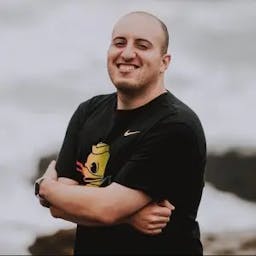O.J. Mayo's ban from the NBA during the 2015-16 season was a rare sight for the league, which hadn't doled out a punishment like that in more than a decade. It was even more rare to see such a big high school star to see such a fall from grace, going from a legitimate starter-caliber player, to a borderline one, to one ultimately close to losing his spot in the rotation.
After doing some soul-searching since the early days of his suspension, Mayo couldn’t bear to watch the upcoming 2016-17 season, full of remorse of the way he had handled his career, admitting he had “burned the candle at both ends [until I] ain’t got no candle left,” according to Sports Illustrated's Ben Golliver.
Mayo's “entourage” had grown too big, and he had prioritized “showing love to friends, hanging out, and finding girls” over putting in work at the gym. He admitted to smoking marijuana and abusing a prescription pain medication, two vices that triggered his two-year ban, as part of the NBA’s “drugs of abuse” list.
The soon-to-be 30-year-old emphatically denied testing positive for hard drugs like cocaine.
While marijuana has had some medicinal effects in some athletes, painkillers remain one of the most dangerous drugs in any sport and are often cause of policy infractions.
Mayo had gained considerable weight during his last season with the Milwaukee Bucks after signing a three-year, $24 million contract with the team. The 6-foot-5 off guard was first listed at 210 pounds, but weighing more and more as the season wore on — a clear sign of his lack of enthusiasm to get in the gym — habit he has looked to change since his ban.




